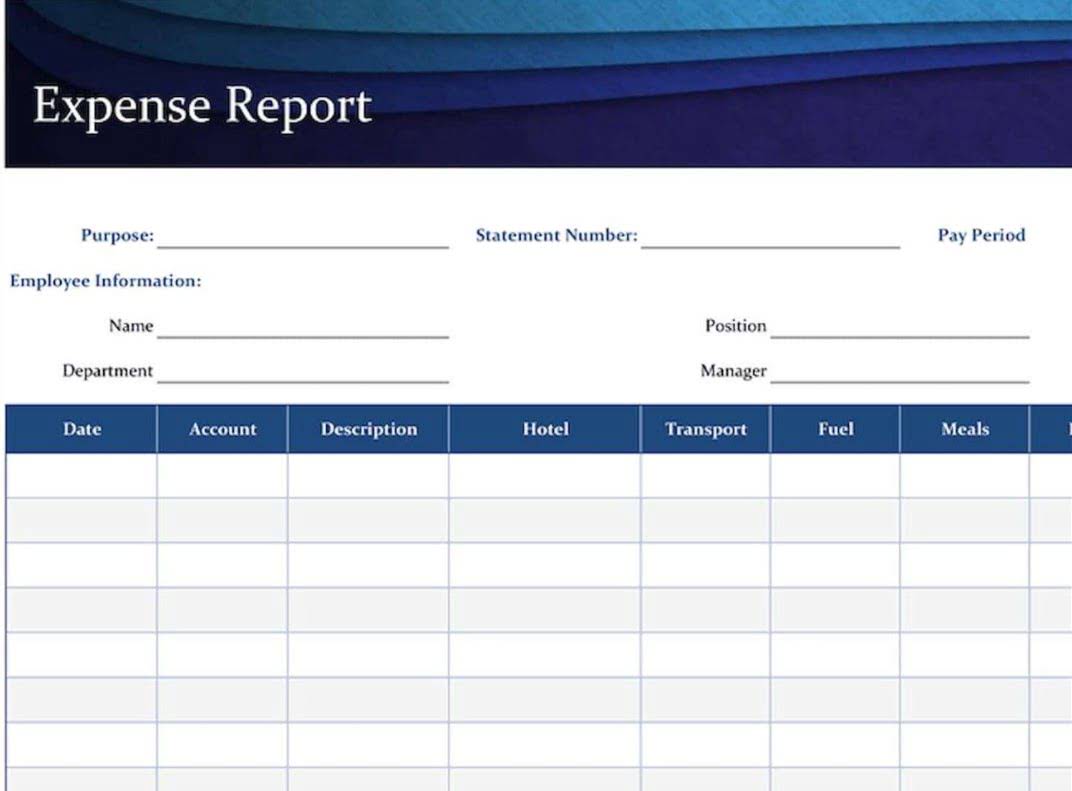
So, it really is worth waiting to file until all final income documents are received to avoid having to file an amended tax return. You may receive a notice from the IRS informing you of the delay. That’s why it is so critical that you wait until you receive final year-end income related documents before filing, so there won’t be any discrepancies.
Impact on Tax Filing
- Deferred tax liability means a temporary imbalance exists between the tax amount for a company’s taxable income versus its bookkeeping income.
- In summary, understanding your Adjusted Gross Income is essential for accurate tax preparation.
- Your employer uses Boxes to report state and local income tax information with the two-letter abbreviation for the name of your state alongside your employer’s state ID number assigned by the state.
- You can contribute to a Roth IRA after you’ve paid taxes on that money.
- Assume you purchase 100 shares of XYZ common stock for $10,000 in 2019.
- Employees often use W-2 data to claim tax credits, such as the Saver’s Credit, which encourages retirement savings for low- to moderate-income earners.
Most unreimbursed employee expenses can’t be claimed by W-2 employees on their federal income taxes. Ask your employer if they would reimburse you for those expenses because those expenses are usually deductible to them. Although you can file on your own, taxes can be complicated to understand and fully unpack. You may miss deductions or tax credits that are applicable to your taxes. In order to make the most of your taxes and aim for the biggest reduction of your taxable income, it’s typically worth the expense to pay for tax preparation services.

Accessing Your Previous Year’s AGI

The standard deduction has increased for single filers from $6,350 in 2017 to $12,950 in 2022. It, too, is indexed for inflation, Accounting for Churches and it increases to $13,850 in tax year 2023. Using the hypothetical $10,275 single taxpayer earnings for 2022, subtracting the $12,950 standard deduction for 2022 would leave a negative balance and zero tax liability.

Access additional help, including our tax experts
- DTL impacts your business because it forces you to consider how each expense and kind of income affects your company’s overall financial standing.
- Locate your state’s standard deductions and tax information and use the instructions provided by the state to calculate your state liability.
- If you have a small operation, no accountant, and you’ve never thought about entity type before, chances are the government is automatically classifying you as a sole proprietor.
- Your tax rate will depend on the amount of the business’ taxable income and your tax filing status.
- Those differences may include end of the year payroll adjustments, bonuses, or tips.
If your business is not a C corporation, that means it’s a flow-through entity, meaning you’ll pay the taxes yourself, instead of the business paying them. One way for corporations to avoid this net sales double taxation is to incorporate as an S corporation instead of a C corporation. S corporations are flow-through entities so income isn’t taxed at the corporate level. However, there are certain drawbacks to choosing S corporation status that may outweigh the tax savings.
Contribute to a Retirement Savings Plan
State and local tax information is included in Boxes 15 through 20, varying based on the employee’s work location and residence. This section is important for employees in what is tax liabilities on w2 states with income tax requirements, as it directly affects state tax filings. Form W-2 is a crucial document in the tax reporting process for both employers and employees. It ensures accurate income reporting to the Internal Revenue Service (IRS) and helps streamline tax filing. Understanding its purpose can help prevent issues during tax season.
